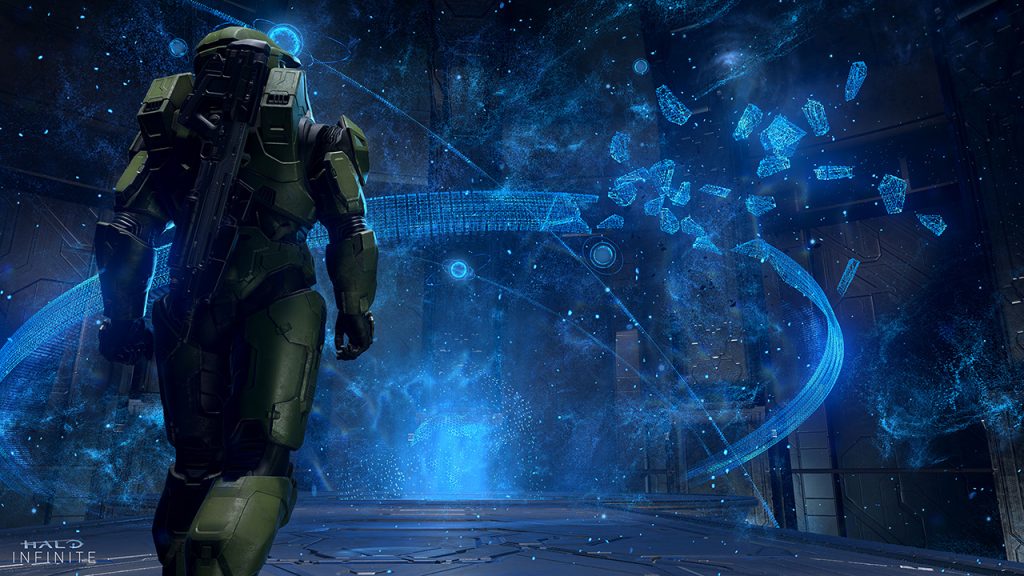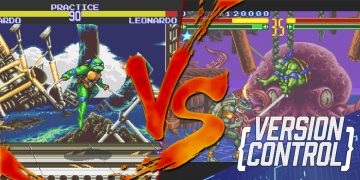In an interview with Wired, published today, Sony Interactive Entertainment CEO Jim Ryan has confirmed that the next Playstation – now officially called the Playstation 5 – will be released at the end of next year.
Although both the name and the release period had obviously been assumed – especially with the Xbox Scarlett already pencilled in for the same timeframe – this is the first public confirmation that Sony has made regarding the console.
In fact, with Sony being absent from this year’s E3 and generally quite publicly reserved throughout this year – aside from its new series of Nintendo Direct-ish State of Play videos – we haven’t really heard much about their forthcoming plans at all.
Earlier in the year, we heard that both Microsoft and Sony’s upcoming consoles would boast AMD Ryzen-based GPUs and next-generation Solid State Drives. But, aside from a vague nod from both companies about the consoles also being capable of ray-tracing, that’s about as much as we know right now.
For the PS5, system architect Mark Cerny has at least clarified that the system’s ray-tracing abilities will come from dedicated hardware.
Given the many questions he’s received since, he fears he may have been ambiguous about how the PS5 would accomplish this—and confirms that it’s not a software-level fix, which some had feared. “There is ray-tracing acceleration in the GPU hardware,” he says, “which I believe is the statement that people were looking for.”
Wired
The rest of Wired’s latest article is still somewhat lacking in further detail, though. Reiterating the benefits of the new SSD drive for game-loading, a promise of a new – and more active – UI for the system and details of a new Dualshock controller with what sounds an awful lot like the Nintendo Switch’s HD Rumble feature are pretty much our lot for now.

A year or so out from release, Sony’s main strategy with the Playstation 5 has been to “tell” rather than “show”. Though perhaps the somewhat underwhelming Halo Infinite Scarlett tech demo from Xbox’s E3 conference this year holds a good explanation as to why. Neither console is expected to be a radical leap forward at this point. We’ve somewhat reached a level of diminishing returns in terms of graphical upgrades.
Hopefully, what will really set both the new consoles apart when they land next year will be the games themselves. Both Sony and Microsoft seem primed to fill that launch period of late 2020/early 2021 with a lot of big AAA titles.

































